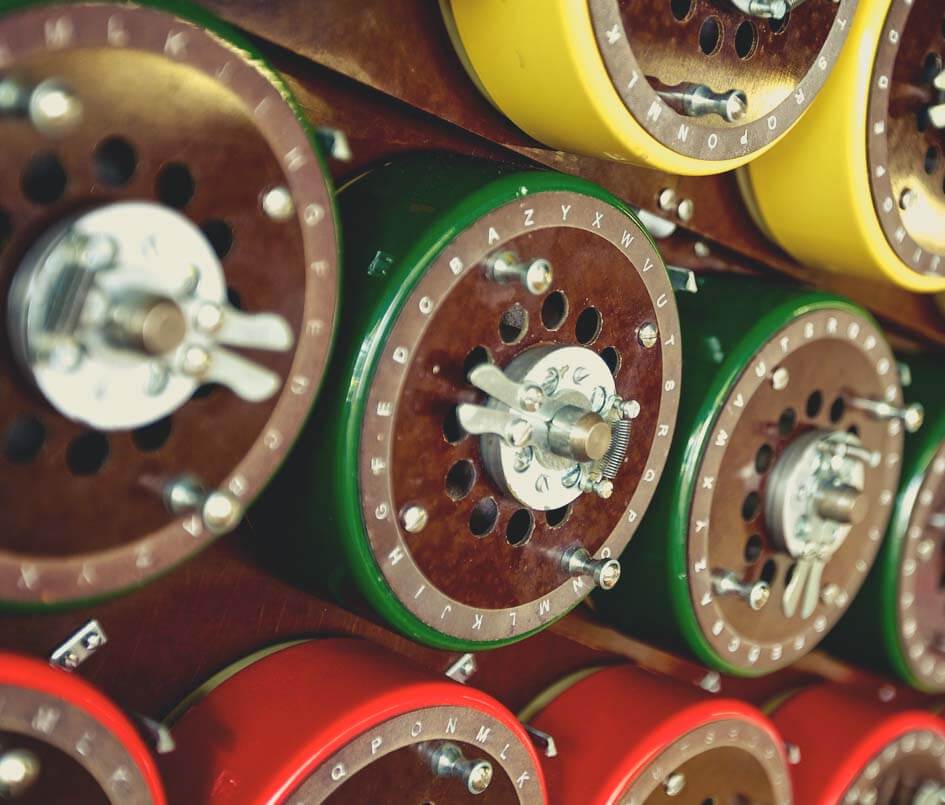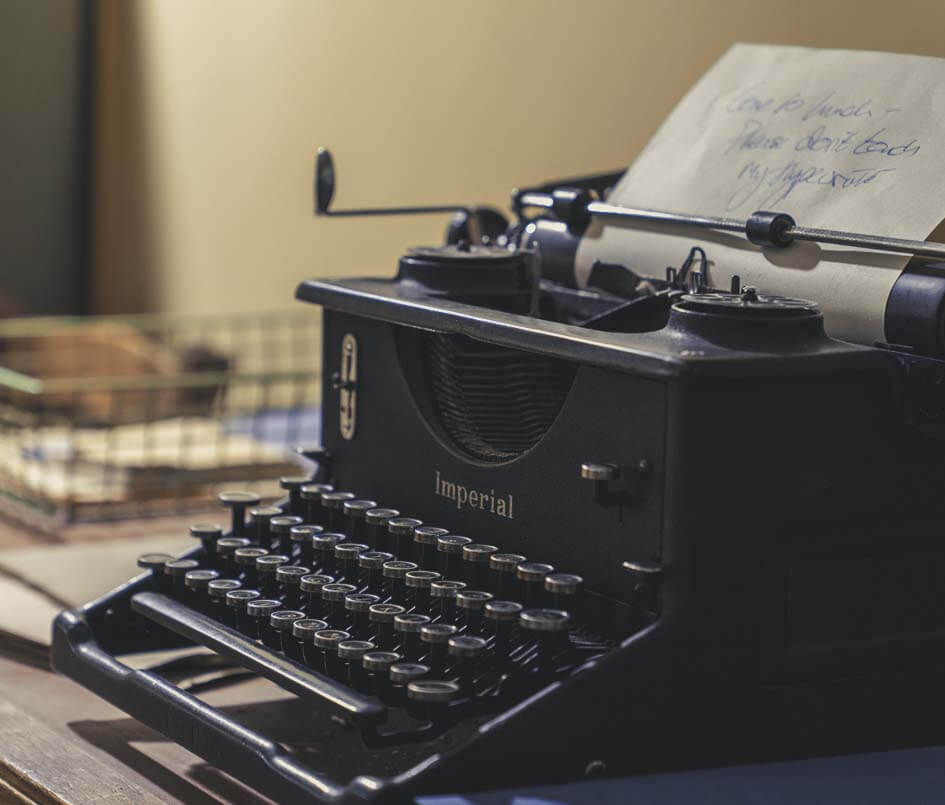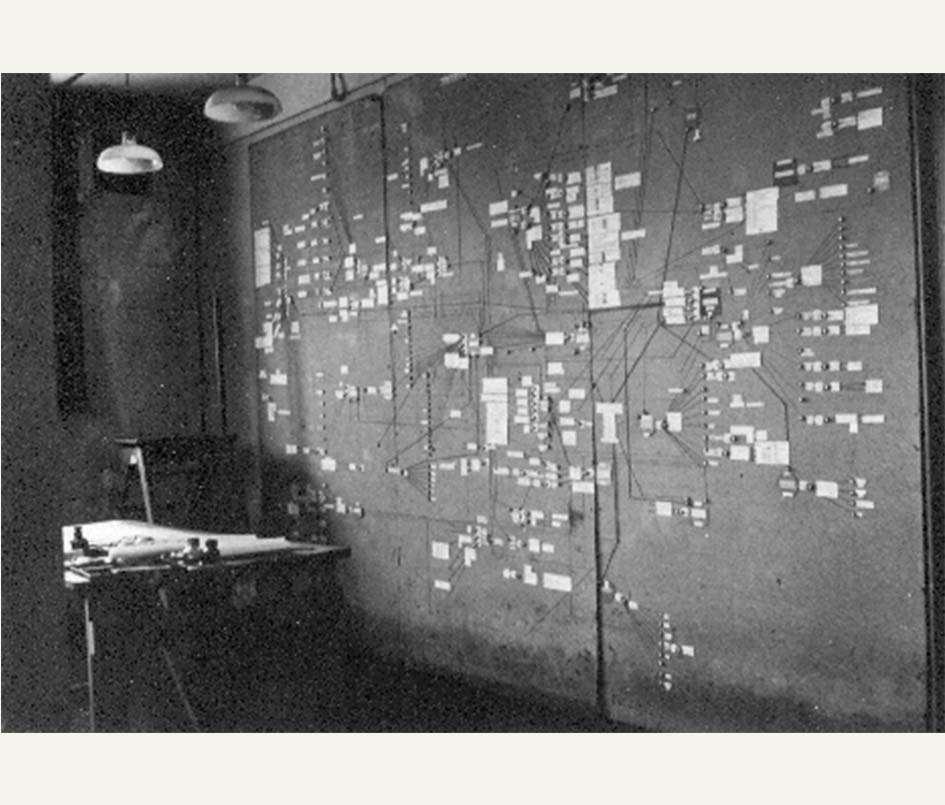Enigma I plugboard. The Enigma I was the first model to use a plugboard, a feature exclusive to German military machines. It had 26 sockets marked with the letters of the alphabet and connected by double-ended cables. This had the effect of swapping pairs of letters after a key was pressed but before the signal reached the rotors. Standard German procedure dictated that 10 cables were used. This multiplied the permutations produced by the rotors by 150,738,274,900,000, adding significant cryptologic strength to the Enigma.
XbTlngpeUZkpL3OVPHcyQke7oyhmbbEh2dLQmDRENXBFj6T5WvLRcuzPzWKsAcWVBDEcS0jROKaqEIRvQ6eVLokBBKFGAOBHKLmp9
r17vezEuQIn59wGRY8RXXXF0wQNAT9rvIbznZZ7D0jdv9AmVle46YAMlyYdD061s1n5MfZ5oYy7vWfA0SXrn0bXlSNy7j2zTHMkG6
b1zVTfB4dyxtCxPGlQZhcd0xFOWz8SOVP3F7upj2O7TAcYfkgoehYLNcSd4UvJAP7C2PjNL6ELILe0uBjITIOw2NpgWAii8Qcx2wT
hJSomSW0IUDA2qAUaoFeCZu0gDjOkhRUUgWCUnXN8PCDsQEofX9ZA6a5M3DCrWNFQyT0xRjnf7IdQ0dzTaqLbbujo2LtQZTWZxt3o
w1rX5Myfdv768YpwX7n2l61XZ5sAliWoJ7zNyNU7d4t1ELjVTupIAOmEbpVgAdEVSAuWxFwrF704aSvCWbrltrKjfgam5Kp7oSaqk
YUaIHw64TDN5JhBwIq4CBSWfd1cRunRGm61CQQEQW9HeTppCX5dslotVlXuxcA11oC6CKoFyejknvN8tpBa7ana86Bn42NTlgQXcs
NyICzGcpPdWpIUWQf21Hp8v88genJGVU3DPT8YGFwf15gK0MKO7OVLqvYrLjczW1bPVcDYyfVzXMziNlQkGuWdcQzTukJs1UL0OZ8
PGTlCnXBlYRg0eHKrWQ81KMMXd2TUYeLy254q3huohlqOfgEC4ANCKnTv4HVHiC7DT4Hbphenu72yL8KX6gLdGVmKSQJEux6m3k0T
8pxcZbqEF7tuA0L8vqqgm2fpLuSQIcbtM3QdUqJ0sJ3nhhEkYgOoD2EFJuuiwMfBgiNdAZY4UXc48MZW0DVNMOtGEC76HoWiDOgML
Aae22cLUVvMVb93gQd6deYnTdYO7ViEH8wjvCtU3RQpcIa9CchYBhZ4ztFdTVDUSre6s51nkA7SiiTzAcyLlljV2ixRGraRR5PHMf
2k2wSqhowKbij31mOh33Fe5M135CCWu6uGJUprciYHb5yYT34AMls0LU23grG5MdiQbuGiAmeDjnpHjuutQetX5QkHsFmLOMDFtpm
DdT2P8QjaAf9jO2MruSA4QPTcDJPuan7aKYdJtdnxHgiap3FzQDkRNPYByqNHpwi2pqqw1oXQYa0igzQMBWzbMWZOKM4wdZ3FVLnc
PqQuJbMoq0KUFnYSXjRI9po4AjNwfyctmAiCAWWLi8k6OIuT8QlBjgmveJ5UaPwahLj16kKdVcmwioBzq5734JObRwY7vNzPKbXN4
rcf3WaUoXWghvl68iPcXtqdQsZTG2r2Uddzi07iiamhKv69IQnh4WhAoNrCAYoNTf8b7e2dE3XVhmBeLgFzypjPgLsEkU9twwCGql
tCk9Rxos1Gl24XmXzUtMZIiG7XZz1w5EmHMk9nwblGxy97obbt1Y5ZCTtOLOXeiVlFZeIP1cr2KAmtiFVSDmtjhvMqWyYGoR1w9E4
ErRszvzeHqERiyi32flCMHA77R5QOJOR1X64sx9OQOAqPmeAkUz5kqGE1Bp9aHDgpnbM0apEMRy1zehVoCZJNI5vOeB8fXHTHS4bE
XWD0YHoW3os9zOQYfbJBUKUqewm9gpHFdsPj87VCGH6BKJ5ZR14DAIUFLEXN2TQPWTE3dhleuofWTg72UpgqrmiA4AOC99vxhHHZA
aEXV4lHyhW9ODsvGe6fXFbuHdG8ufHFbJhbsVkWAaypANoKIdCa8pt0RD2vImkpmJkm1JBmtUCGe1yyvL4LARWUP15RfpntUp07WU
xiT7VXtaiYFrPG5GexbusRd1Nn49moTieJ1ZFmEDCxg4KCRipggXTwnsSFgZwIdNet3wlZZwsLYhABwG3wuKclhNRtIzsMiCBcTPm
a0Fq0tVpjnQS4XkiNAfxXUGENHFQPtTf7qty5JddtV8Nqay85L17qt0TnF0bmEv8geK09ySCPRo2gE9otdWhHATUMiiYNHNtJLAiE
2CYGwv8gVkxsZV6dWGfrgx9j0vMK6CjGryozpAXrorB8lmT0goMALy1u2LaPomowv3iiS2IhWrmrieKSg5fmEcSOsNhLVrlrQAfEN
Kyywpg6qmdJKELUA4O6RDaXyusnddrIkh4hv1JXbTT9mK20iYccA8FRt7yWX2KJrBASBK86VMRVUW88bKKSyIDkzvuv9rl3LptGke
rylWHrZ7wYUNqLOW8UtcvAjS2dkX0O9eZvXTRM5ONe4hlfycON60vIxOjULUHqKSDW75j8C0W4y9ffOBgIkC5tebAYTDLbqNGp1pz
qPRPYg6em7DpDkHPIxfEQJSfoKjX7HtKnXIb7zuDMOJHjw6oyWCGrmOxaTvaHxorcY4PyqYcbB3QN5MjQoWlRsMDN5CI3dcfCrWcE
FTAEjzVEwiMOaRiiPquXeqSwjQ3vy5WHmMuP0dRr0QZKU4AR0yDE3je1IK54HmYnigNIMsCyUAl8xlQ8LtTQpMkUAje8kygEFAKwi
Xxc5nek4eYafP0zGkbmCzTsVuD3VHdArFjrJLNYVKgnfLW2ckZwGiaoy4S6NhWw33wRVgnmgEiiKFtiefCS4AImriUme6PbUiDjFm
XboxngpeUZkpL3OVPHcyQke7oyhmbbEh2dLQmDRENXBFj6T5WvLRcuzPzWKscWVBDEcS0jROKaqEIRvQ6eVLAokBBKFGAOBHKLmp9
ErPIisLYgRJ8IR2u7QOMxGNi6k6hs9tOWth3OM6TC0rOTQfvpz6IIzVTXBEQomQl1kWVcPwTqv2gdmTa6dC9x2PaS4qmqS5txyXer
SnYSsxGG6oebPBiGg5X0tMEsypWRYNu7bxfBvixZfRpFCBKnHSwtYb0vecLKHnvCC1OJsUOy5Skrf5XDzVYMdcCMxBhOxsv3iB5jR
XWD0YHoW3os9zOQYfbJBUKUqewm9gpHFdsPjibNYXDtFnO59Mur84fTkoy0IiYCdTE3dhleuofWTg72UpgqrmiAL4AOC99vxhHHZA
QOlal5GQaui90qp0Xm63jXnKGXbnDaeVuWh6SeNbh6Z52AL8wRmNrLKV9hlUYrPNK8QEmYDUciLoTkill6CPCbvtE5zdlRo1iQPS9
r17vezEuQIn59wGRY8RXXXF0wQNAT9rvIbznZZ7D0jdv9AmVle46YAMlyYdD01s1n5MfZ5oYy7vWfA0SXrn0bXlSNAy7j2zTHMkG6
1zVTfB4dyxtCxPGlQZhcd0xFOWz8SOVP3F7upj2O7TAcYfkgoehYLNcSd4UvJP7C2PjNL6ELILe0uBjITIOw2NpgWAWii8Qcx2wTA
Enigmas of Bletchley Park
In January 1940, Bletchley Park made the first British wartime break into the German Enigma cipher – greatly helped by information passed on by Polish cryptographers. However, that first break was only the beginning. Enigma was not a single machine, but a family of machines. Developed for commercial use in 1924, Enigma was adopted by German armed forces from 1926. Its original design was adapted for the German military, secret service and state, and used by Germany’s allies. Each change posed a fresh challenge to the Codebreakers. These Enigma machines, held at Bletchley Park, represent some of the many types in use before and during WW2.
This Collections Uncovered album was first published on 27 March 2019.
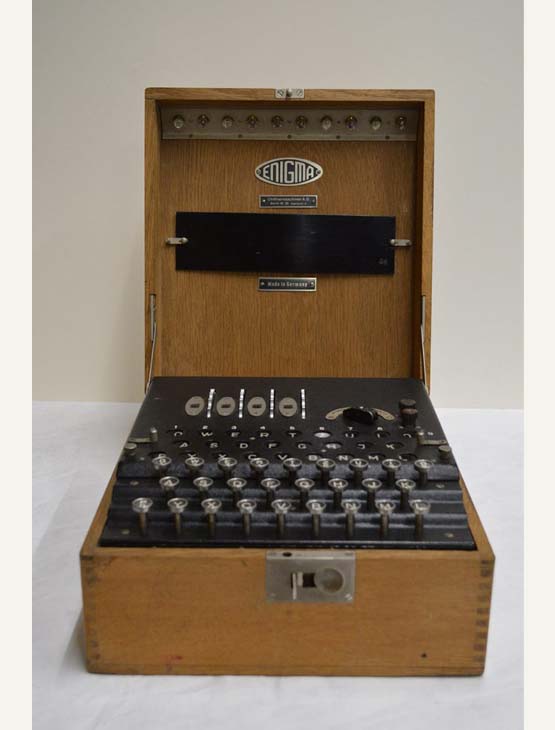
Enigma D, A1214. The Enigma D was developed in 1926. It is the earliest model on display at Bletchley Park, but already more sophisticated than the original design. Its three rotors, which scrambled letters to create the encryption, could be removed and placed into the machine in any order. Its reflector, which directed the electrical signal in the machine back through the rotors, was also settable. This machine was delivered to the Italian Navy in 1932 and used by Benito Mussolini. It was captured in Northern Italy by US Naval Officers on 29th April 1945.
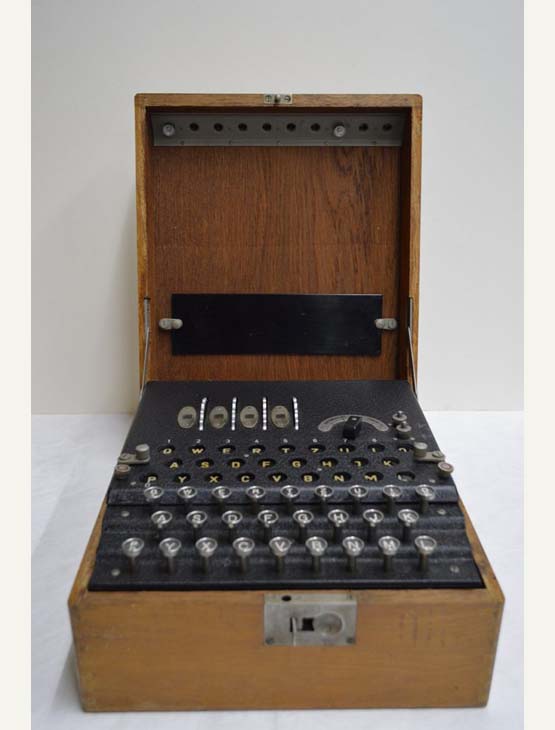
Enigma K, K289. The Enigma K was developed in 1927, just one year after the Enigma D, and had a very similar design. It could produce 1,782,206,400 possible encryptions. The letter ‘K’ comes from the German Kommerziell (commercial), and many were purchased by German users – such as the railway. This machine was one of a batch sent from Germany for use by Nationalist forces during the Spanish Civil War (1936-1939) and was used at the military headquarters in the Canary Islands. An anti-glare panel is stored inside the lid, to shield the lampboard in strong light.
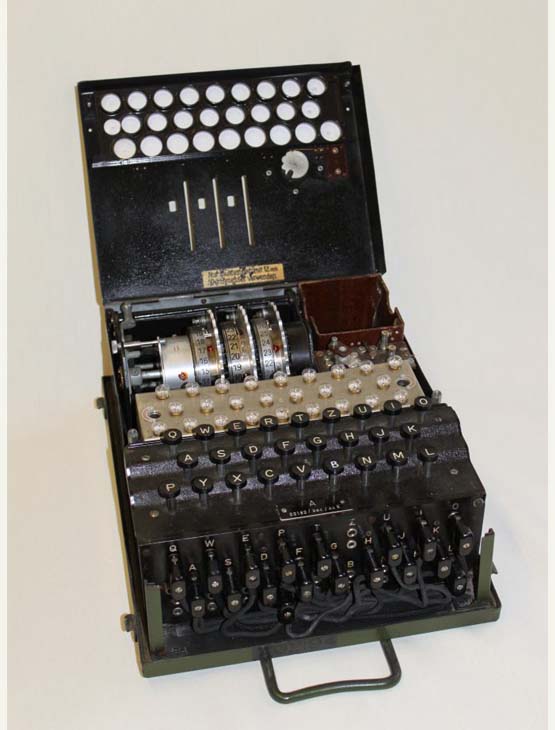
Enigma I, A02192. From 1927, a plugboard was added to the front of machines used by German armed forces. This was the Enigma I, the most common version in use during WW2. Far more complex than the Enigma K, Enigma I machines could produce 103,325,660,891,587,134,000,000 possible encryptions.
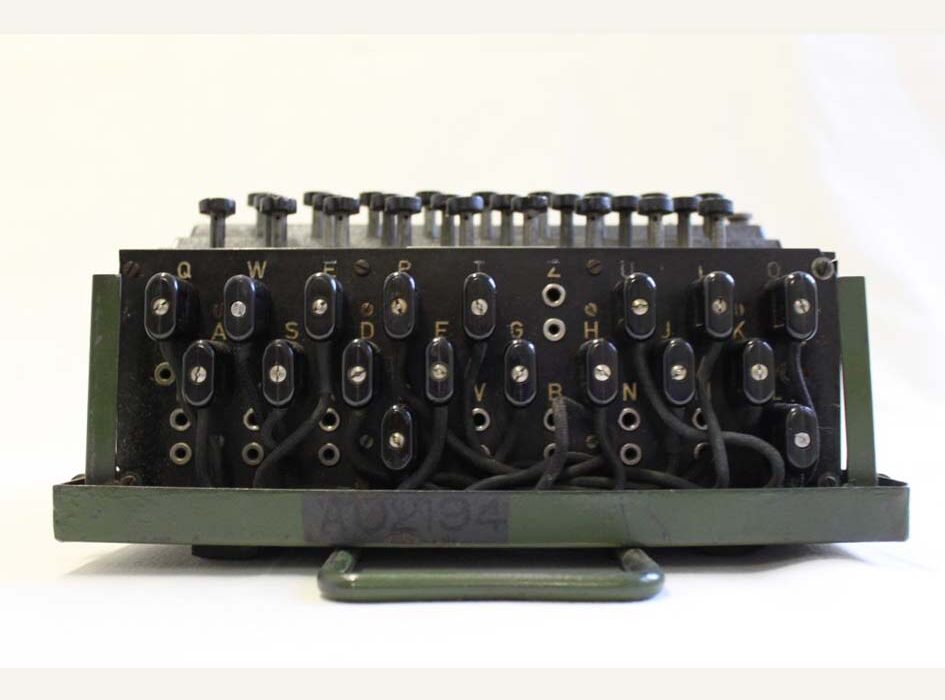
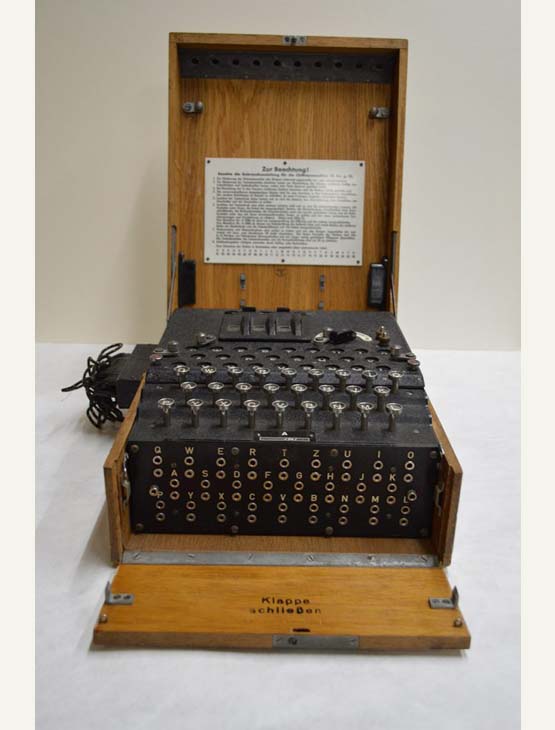
Enigma I, A16992. Captured Enigma machines were brought to Bletchley Park for research. This example was heavily modified by the Codebreakers. The plugs have been removed and a small plugboard added to the left side of the case. This appears to have altered the wiring of the reflector, possibly to test the effect of changing reflector wiring on the machine’s encryption.
Enigma I, A16992. Enigma I machines had three rotors, plus a fixed reflector. The rotors could be placed in the machine in any order and, in 1938, an additional two rotors were issued to give the operator a choice of five. The wiring inside the rotors could also be offset, by moving the outer ring of each rotor. Each different combination of settings for these parts gave a different encryption.
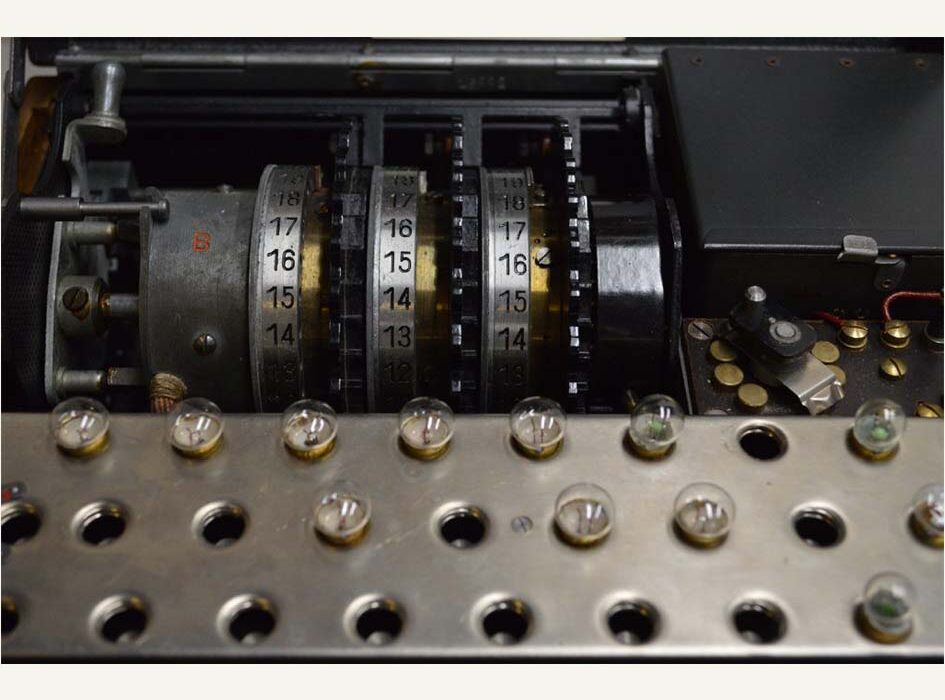
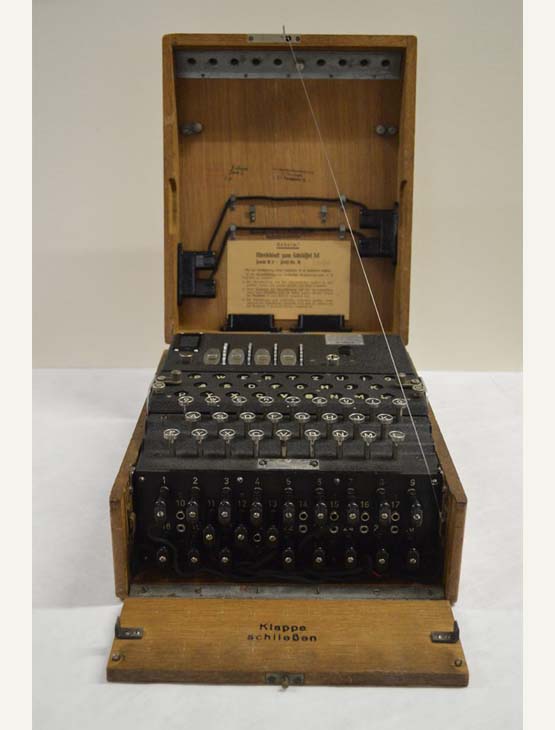
Enigma M4, M5846. On 1 February 1942 the German Navy started using a four-rotor Enigma machine, the Enigma M4. The Bletchley Park Codebreakers were locked out; the techniques and procedures they had designed to tackle three-rotor Enigma needed to be updated. Enigma M4 used three moving rotors, chosen from a possible eight, plus an additional non-moving rotor, chosen from a possible two, as well as a plugboard. These improvements gave 60,176,864,903,260,346,841,600,000 possible encryptions. It took 9 months for the Codebreakers to break into Enigma M4 traffic, known as ‘Shark’, giving access to vital Atlantic U-boat communications.
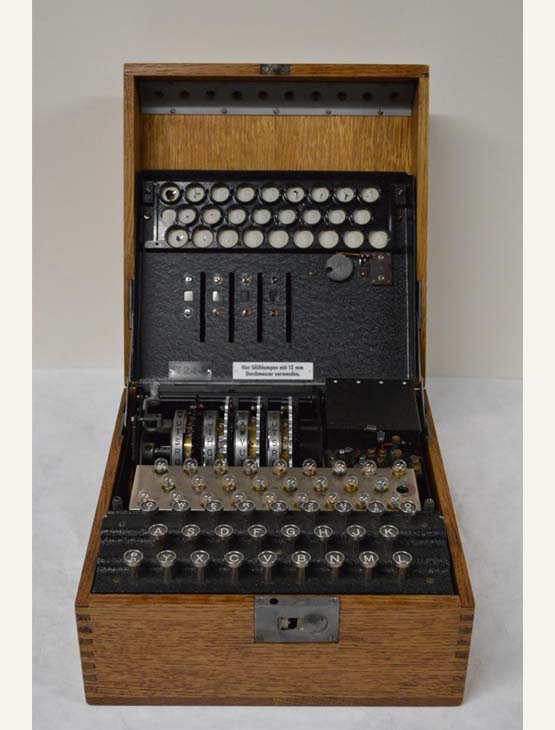
Enigma T, T244. The Enigma T was developed in 1942 for communications between Germany and Japan. It was based on the commercially available Enigma K; the Germans did not wish to supply another power, even an ally, with their military Enigma. Uniquely, the wiring of the entry disc which connects the keyboard to the rotors was scrambled. Although it had no plugboard, its encryption was strengthened by additional notches on its rotors. Each notch triggered a ‘turnover’ in the next rotor along, stepping that rotor ahead by one letter. Whereas most models had one notch per rotor, the Enigma T had five, resulting in a highly irregular pattern of movement. The traffic it generated, named JN-18 at Bletchley Park, was rarely intercepted and so difficult to break.
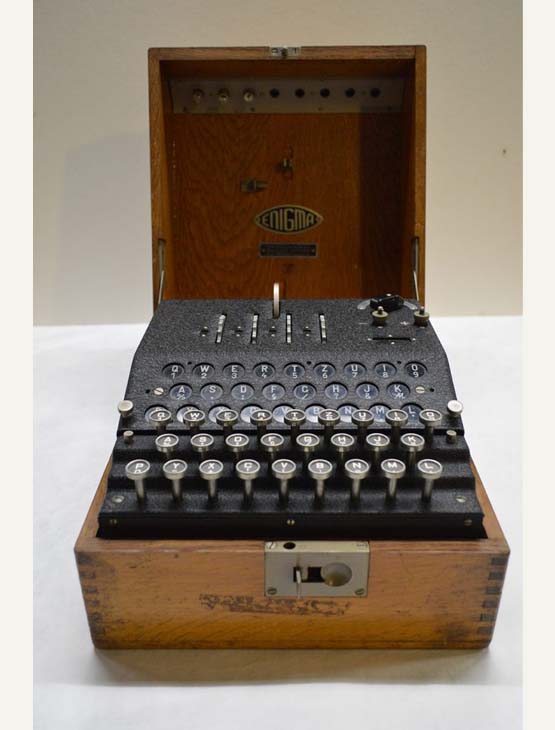
Enigma G, G312. The Enigma G was developed in 1931 and designed to be smaller and more portable than other models. This machine belonged to the Abwehr, the German military intelligence service. It was part of the sub-family of ‘Zählwerk’ Enigmas, which utilised cog-wheels rather than the usual levers and pawls to move the rotors. This meant that they could be ‘stepped back’ to correct mistakes, and, uniquely, the reflector moved during encipherment. The Enigma G used a high number of turnover positions to produce a complex rotor movement, leading to its nickname at Bletchley Park, the ’11-15-17 machine’.
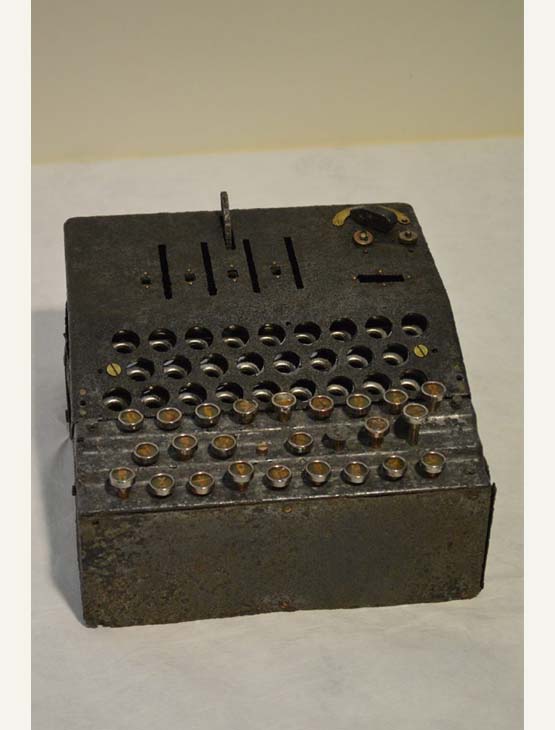
Enigma G, G110. This example is a rare type of Enigma G. Part of a shipment delivered to the Hungarian armed forces in 1931, it is one of two surviving machines with a printer connection.
